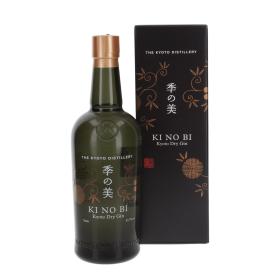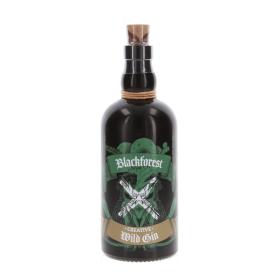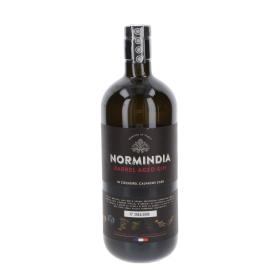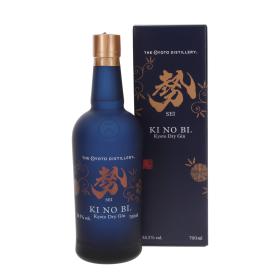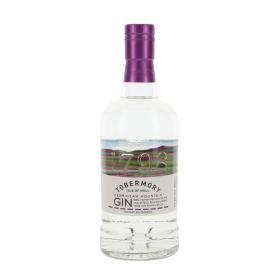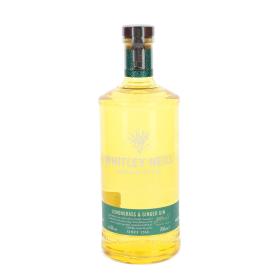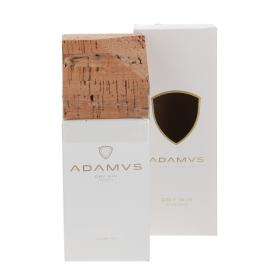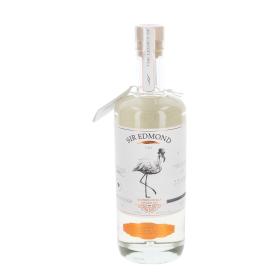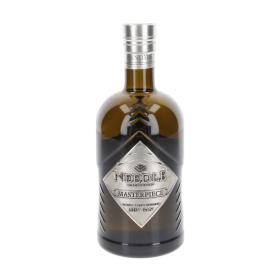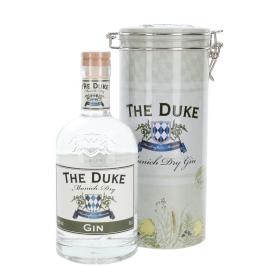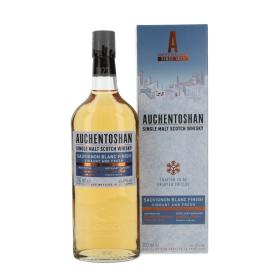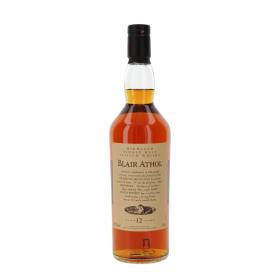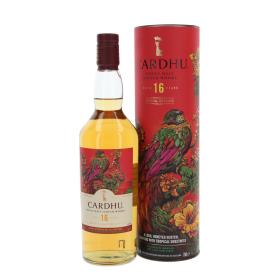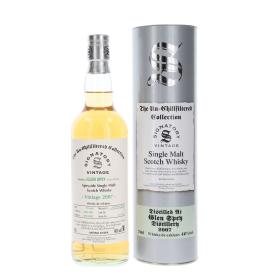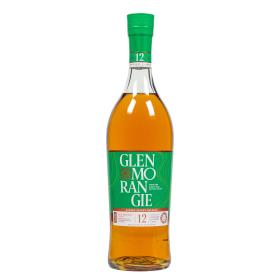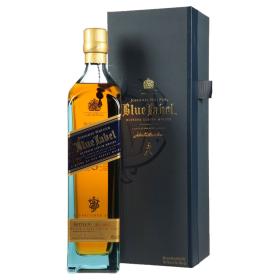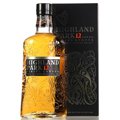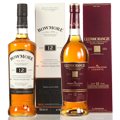Ginger, scientifically Zingiber officinale, comes mainly from Asia and is a versatile spice and remedy. Because of its pungent taste and intense aroma, the plant is often used as a gin botanical. In gin production, ginger lends spicy, slightly bitter pungency. Its history goes back thousands of years and ginger was long considered a very precious spice plant. Nowadays, ginger is cultivated in tropical and subtropical countries all over the world.
Background
Ginger, scientifically known as Zingiber officinale, belongs to the ginger family (Zingiberaceae). Other names for the plant, which originates mainly from Southeast Asian countries, are ginger and imber. The root is called periwinkle or ginger root. The main shoot, which is underground, is called the rhizome.
Use of Ginger
Ginger can be used fresh, dried or ground. The ginger rhizome describes the rootstock of the plant and is known for its culinary and medicinal uses, so ginger tea can help with various health complaints such as rheumatism, muscle pain or colds. Ginger is also often used in the kitchen as a spice for various Asian dishes and behaves similarly to pepper. Ground ginger is also used in desserts, as the sweetness in the ginger is emphasised more by grinding.
Growth Area and Origin
Ginger has a long history that goes back centuries. Originally native to Southeast Asia, ginger was cultivated in India more than 5,000 years ago and then spread to China, Africa and the Middle East. Over time, ginger became an important trade commodity and played a key role in transcontinental trade between Asia, Europe and Africa. During the Middle Ages, ginger was highly sought after in Europe and was considered a precious spice plant. Ginger requires tropical and subtropical climates to be successfully cultivated. Today, the ginger plant is found in many countries around the world, including Australia, Jamaica, Nigeria and Peru.
Dosing and Distillation
Since ginger has an intense aroma, the amount used should be carefully weighed so that the taste of other botanicals is not masked. The quantity ratio of ginger in gin is approx. 125g-500g per 100L of neutral alcohol.

